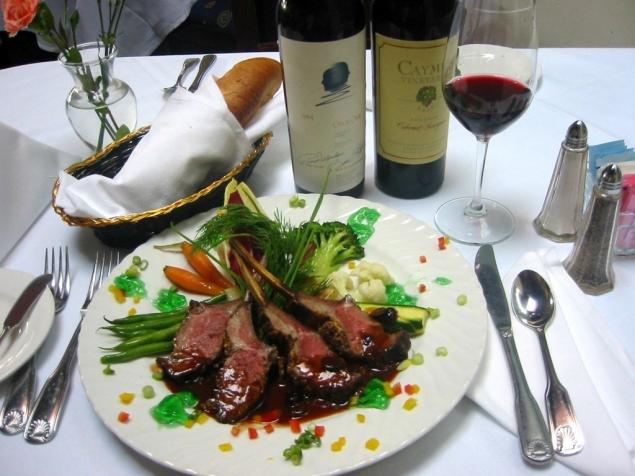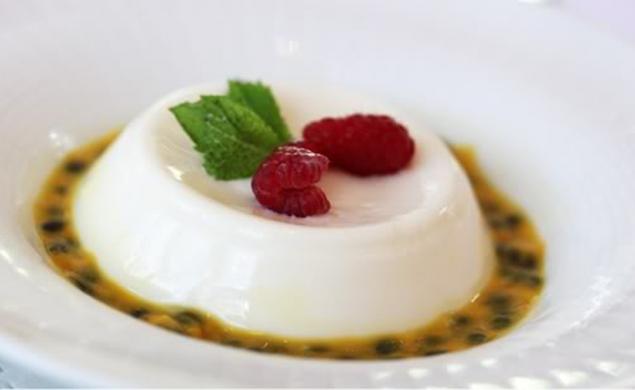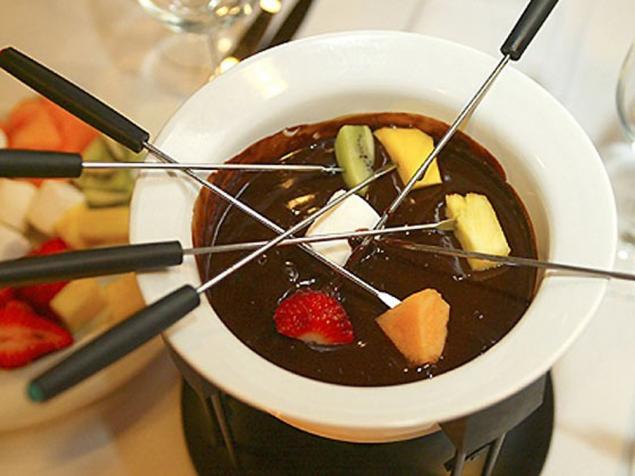1388
French cuisine. HISTORY. TRADITIONS. Custom. DISHES.
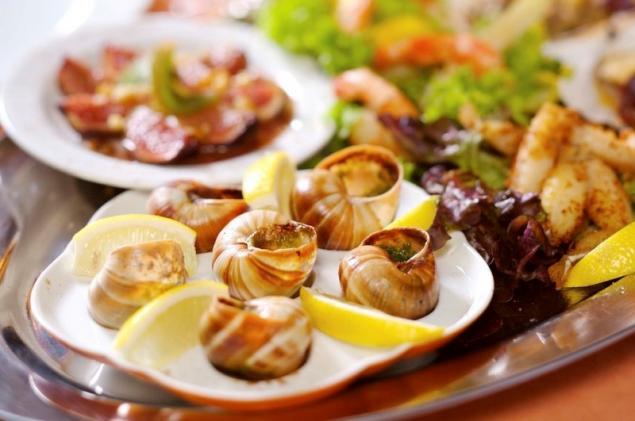
If the offer is not a Frenchman to continue the phrase: "... France is" very much except the Eiffel Tower, Montmartre and Dumas called French cuisine. Not all ever tasted dishes of this cuisine, but its uniqueness and sophistication became a legend. But every legend - is primarily a story.
With what started the phenomenon of French cuisine?
French history begins from the time of the Gauls. There originates and French cuisine. It is fair to say that if no one called it a refined and elegant.
I believe that you were watching history Abeliksa and Asterix? The two loved to pamper yourself on-screen character? Wild boar! This is not fantasy authors of the script. And so it was. Favorite Gallic dish - is a wild pig, stuffed with garlic and roasted on a spit over a slow fire. Were there side dishes? Of course there were. Wild boar served with a garnish of ... hare, goose and other game.
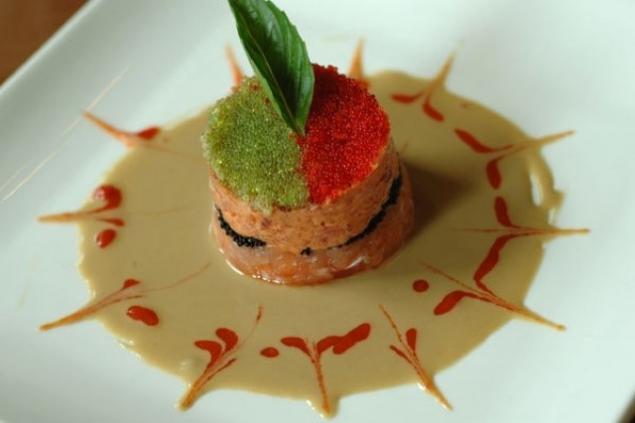
In those days there were no books about healthy and beneficial food, not enlightened Gauls rarely eat vegetables and fruits. Spices were rare and expensive, so diversified food garlic and onion, vinegar and mustard. Sometimes used local herbs.
Villagers and townspeople ate porridge and beans with garlic sauce. Sometimes in the diet present fish (fresh, salted, dried) and cheeses. Liberally eat bread. In those days every Frenchman would eat up to 2 kilograms of bread a day. The bread was rye and wholemeal.
Nobles and wealthy people eat a varied and abundant.
Already in medieval times in aristocratic circles formed urge to excesses in eating. And this craving was so strong that in 1279 the Trial Chamber adopted a resolution limiting the number of meals eaten during lunch: soup, two second and a dessert. All over the designation is considered illegal.
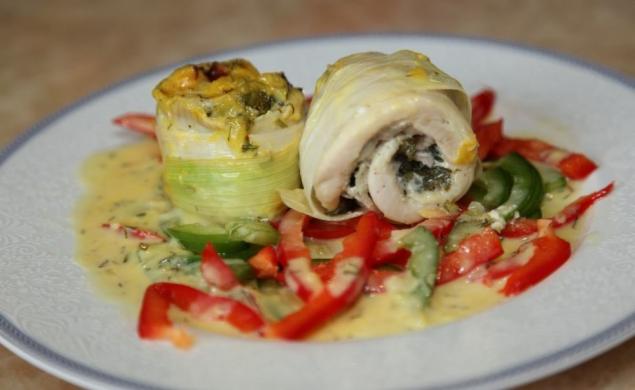
If you desire to know to eat varied and refined, very culture of food consumption differed little from the Gallic. "Sun King" did not recognize cutlery (it's the middle of the 17th century), and ate with his hands. His first minister Pierre Seguier known that mixing (mixing it) all the dishes in a large bowl and ate it all hands.
At the same time at the court of Louis XIV employed over fifty chefs who conjured to create new and unusual dishes. It was at that time the notion of "Nouvelle kyuizin" - a new kitchen.
A century earlier, the chef of King Carlos V, Guillaume Tireli wrote the first French cookbook. The book is called - "caterer". And in 1651, a second book. And the author of it was not just a chef, and chef-aristocrat Francois Pierre de la Warren. Cooking offered up to the level of art. Cook books aristocrat published more than 30 times.
It was in Paris in 1672 came the first semblance of street cafes. Someone guessed make marble tables on the street to passers-by could dine exquisitely and tastefully. From the Latin "sustain, restore power" and formed the word "restaurant". And it was with the advent of the restaurants began to emerge that French cuisine as we know it today.
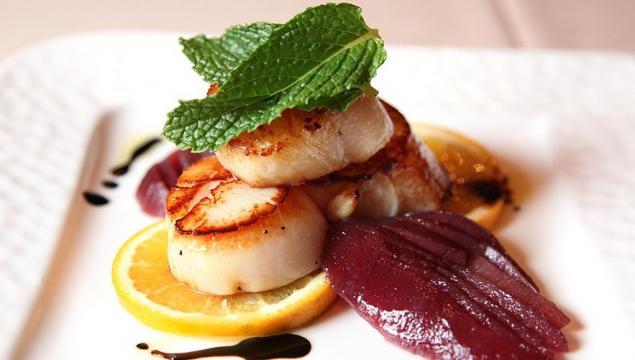
Word restaurant, splints, omelet, souffle, sauce, garnish, mayonnaise and others have long ceased to be only the French and organically included into other languages. For the French cooking has ceased to be just a way of cooking. It was in France work chef rose to the heights of art. For the French chef recipe is not a dogma - each can and should bring to the recipe something different and make it different from the one that cooked and served by the same name in a different restaurant or a neighbor's house.
French contingent is divided into three parts: cuisine regionale - regional cuisine; cuisine bourgeose - of common French cuisine and haute cuisine - highly refined cuisine. But the division is very conditional. Meat Burgundy in Paris - a regional cuisine, and also meat in Burgundy - already commonplace kitchen.
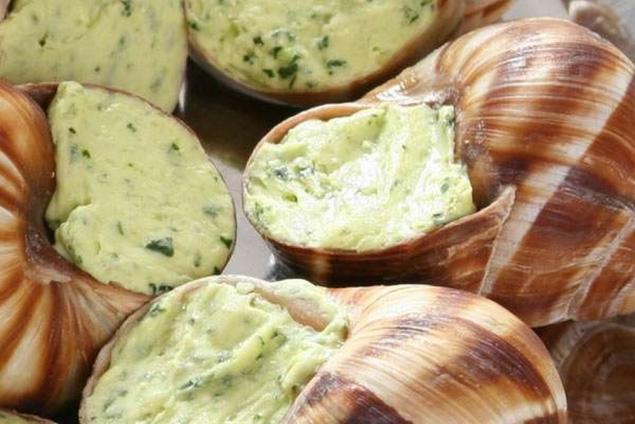
The basis for gourmet cuisine is the one that has emerged at the royal court and aristocracy in the kitchens. It's really unique, refined and very varied menu.
A cuisine based on regional dishes typical of the regions of France. Normandy is known for its apple plantations and apple brandy. And as Calvados. Thick, creamy sauces, beef dishes, apple sauce and cheeses from Normandy (livarot, Camembert, Pont-l Evek).
In neighboring Brittany winds cause sea salt meadows. And so the meat lambs from Brittany has a specific salty taste. Back in Brittany, like artichokes, and for dessert served delicious thin pancakes - crepes.
The area is home to the famous Perigord truffles French. Hence the presence of food and world-renowned delicacy.
Cuisine of Provence is famous for lots of herbs, spices, vegetables and olive oil. From here came the signs of soup "Bouillabaisse" and garlic sauce "Rui».

In the south of France is dominated by light Mediterranean cuisine, and in the northern areas of food is more "heavy" and satisfying. For example, in the Languedoc love bean soup with meat and herbs - Cassoulet. In Alsace, you can try flammkuhen (ultra-thin crispy pizza with bacon and onions), sauerkraut or flambéed fruit. Burgundy - a wine sauce, with meat and fish dishes. And the famous snails.
France is especially proud of wines and cognacs. And cheese. More than 200 types of cheese. There is one dish, but rather a lot of dishes, but with one very important ingredient - frog legs. And while the French called paddle, dishes with frogs rounders are not everyday foods. This delicacy. Maybe that's why the French and the nickname find offensive? Eat some, but name-calling of all.
In order to understand a little French cuisine to read about it. A huge number of dishes and simple culinary delights. And what names! And what traditions! And the names! In general, you need to try! ;)
